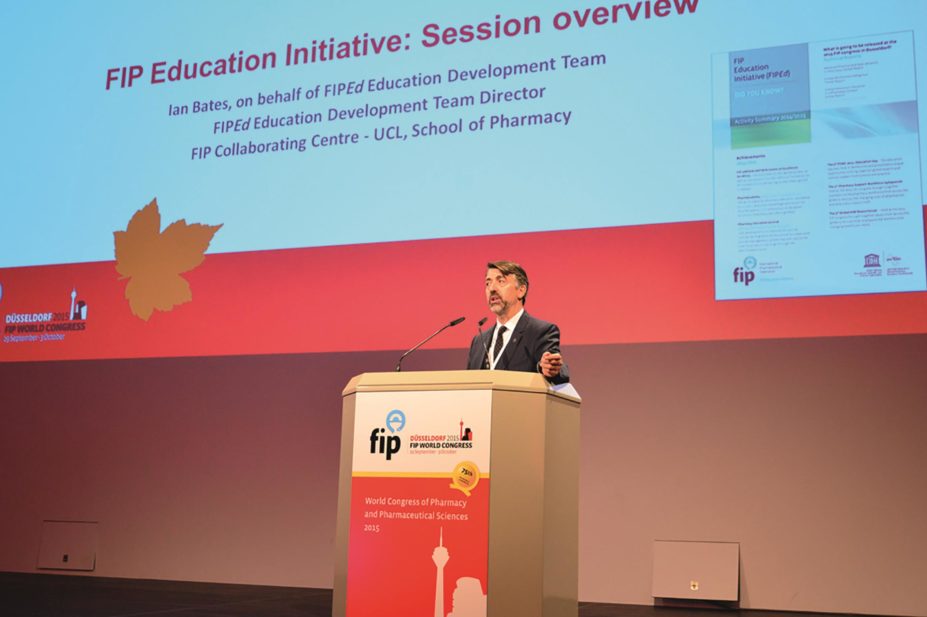
Arjen Veldt / FIP
The number of pharmacists per head of population has increased in many countries around the world but there remains a shortage in low-income and middle-income nations, according to an analysis.
Data from 51 countries showed all but three saw a rise in the number of pharmacists per 10,000 population between 2006 and 2012, says a report by the International Pharmaceutical Federation Education Initiative (FIPEd), which was published at the FIP World Congress in Dusseldorf, Germany.
All six World Health Organization regions — Africa, Eastern Mediterranean, Europe, Pan-America, South East Asia and Western Pacific — experienced an increase between 2006 and 2012. The highest relative increase was in the Western Pacific region, where pharmacist density — the number of pharmacists per 10,000 population — rose by 43.1%.
“It is important to monitor the global pharmacy workforce so that we can make informed decisions on how best to use our pharmacists,” said Ian Bates, director of the FIPEd development team and an expert advisor to the Royal Pharmaceutical Society (RPS).
“There is still a need for more pharmacists; low-income and middle-income countries still have very low density compared with high-income countries. In particular, the increases we have seen may not be keeping pace with shifts in disease burden.”
Christopher John, director of the joint FIP-RPS global workforce observatory, said: “The overall growth we have found reflects positive changes in policy and capacity building to facilitate extended roles, and a shift in focus in pharmacy to patients.”
He added: “Pharmaceutical service development and new scope and roles for clinical pharmacy implies increased demand on the pharmacy workforce worldwide.”


